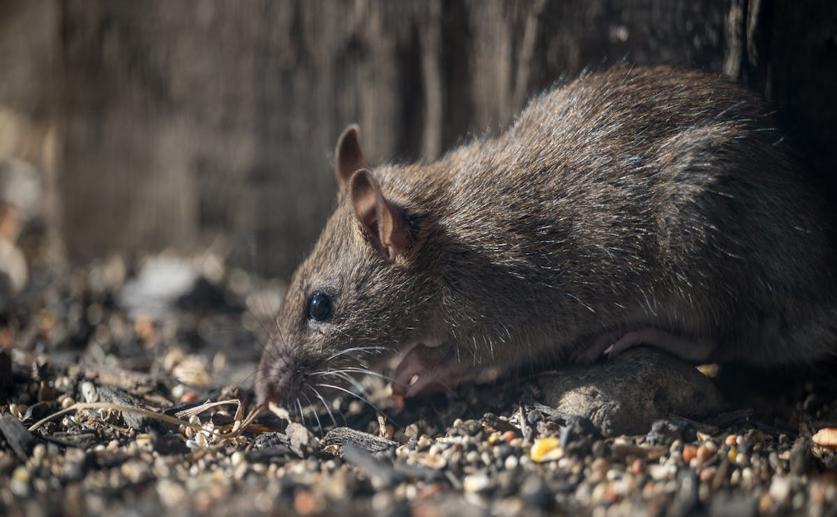
Exposure to Gynura Plants Causes Liver Damage in Rats and Liver Cells
Jim Crocker
17th August, 2024

Image Source: Chris F (photographer)
Key Findings
- The study by the Shandong Center for Disease Control and Prevention found that Gynura japonica causes significant liver damage in rats
- Exposure to G. japonica led to liver cell death through apoptosis, involving changes in mitochondrial function and increased caspase-3 activity
- The research highlights the need for public awareness and accurate identification of herbal remedies to prevent toxic exposure
References
Main Study
1) Exposure to Gynura japonica (Thunb.) Juel plants induces hepatoxicity in rats and Buffalo rat liver cells.
Published 14th August, 2024
https://doi.org/10.1016/j.jep.2024.118692
Related Studies
2) The long persistence of pyrrolizidine alkaloid-derived pyrrole-protein adducts in vivo: Kinetic study following multiple exposures of a pyrrolizidine alkaloid containing extract of Gynura japonica.
3) Sinusoidal obstruction syndrome.



 24th July, 2024 | Jim Crocker
24th July, 2024 | Jim Crocker